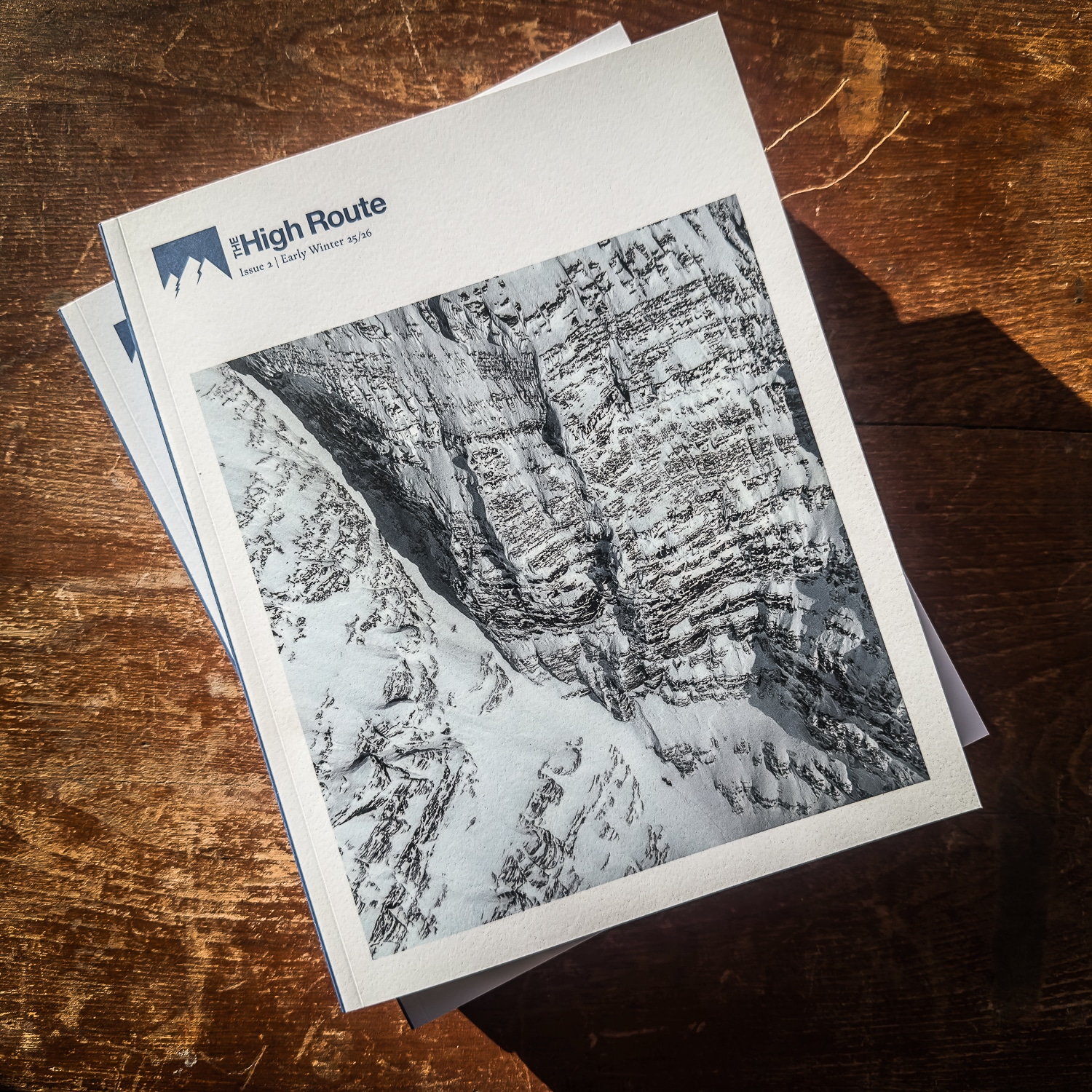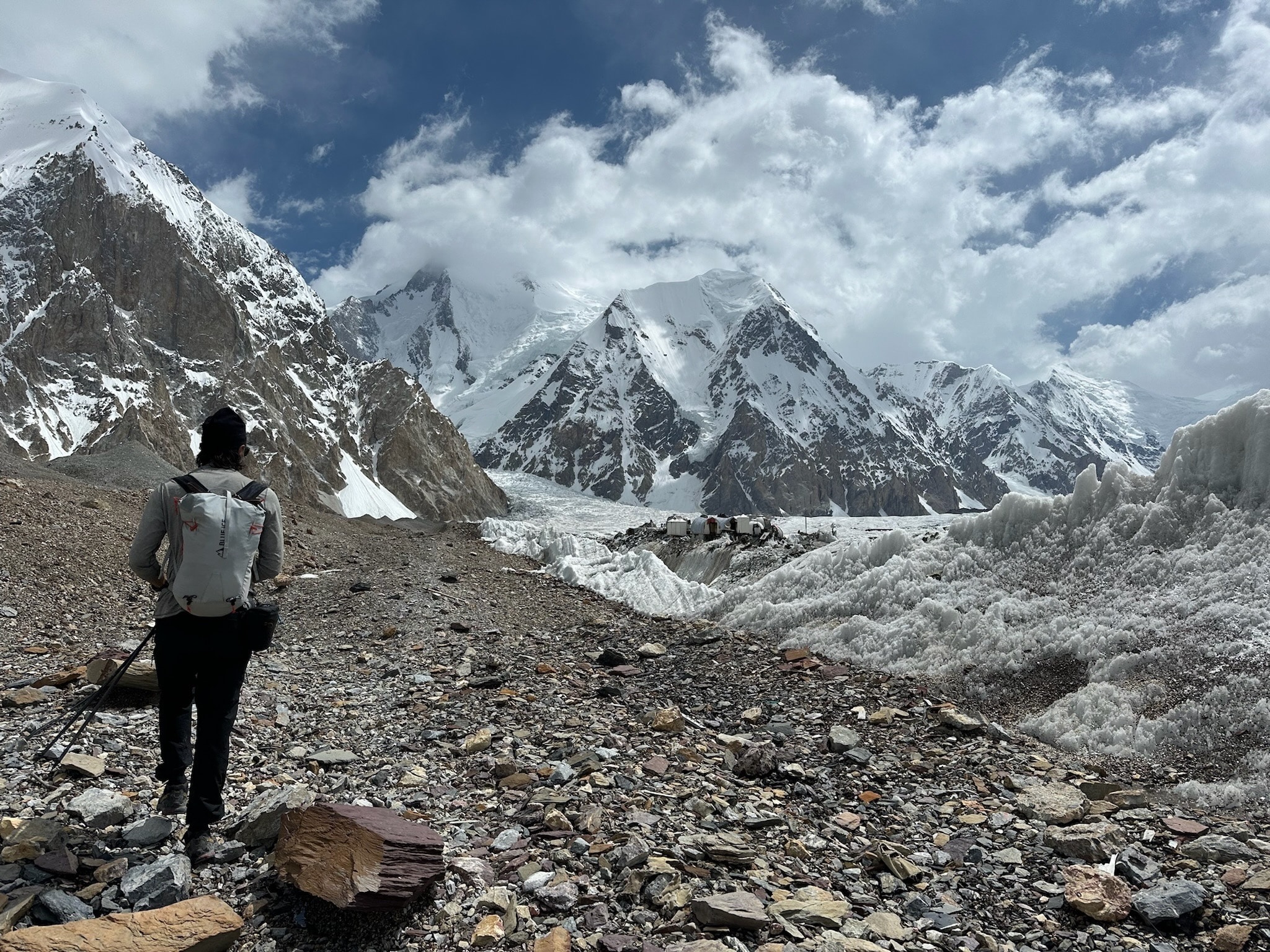Good friends: Tools not jewels. Edges are meant to be sharpened. On rappel in the Tetons. Vid: Adam Fabrikant
Keeping it simple in technical terrain is a mantra to make systems less complex and fail proof. Thoughts on connecting two ropes while ski mountaineering.
I stumbled across a video by Dave Searle this morning, a 25-minute deep dive on all the various ways to connect ropes. With no intention of throwing shade toward Dave (he seems very skilled and knowledgeable, in addition to making great videos), it prompted me to sit down and write my opinions on the subject. In short, it’s just not that complicated. Backup knots, gibbs bends, etc overcomplicate what can and should be a simple part of the overall system and rather than teaching 10 ways to make this work, let’s focus on the simplest solution and executing it well.
The flat overhand with sufficient tail length seems to be widely accepted among those “in the know,” but outside those with formal education or significant internet time, the matter seems less settled. For example, at the Grand Teton (summer) rappel station last week, I overheard something along the lines of:
“How do we tie out ropes together here?”
“I dunno. Isn’t there something called a death knot that people use?”
“That doesn’t seem right; maybe just a figure 8 or double fishermens?”
“Sure, it seems like anything will work…”
I can’t say I remember how they ended up tying their ropes, but it worked, and everyone survived the experience. That said, a quick search reveals a non-trivial number of accidents related to an offset figure 8 knot rolling and coming untied, usually resulting in fatal accidents for the rappeler.






Leave a Reply
You must be logged in to post a comment.